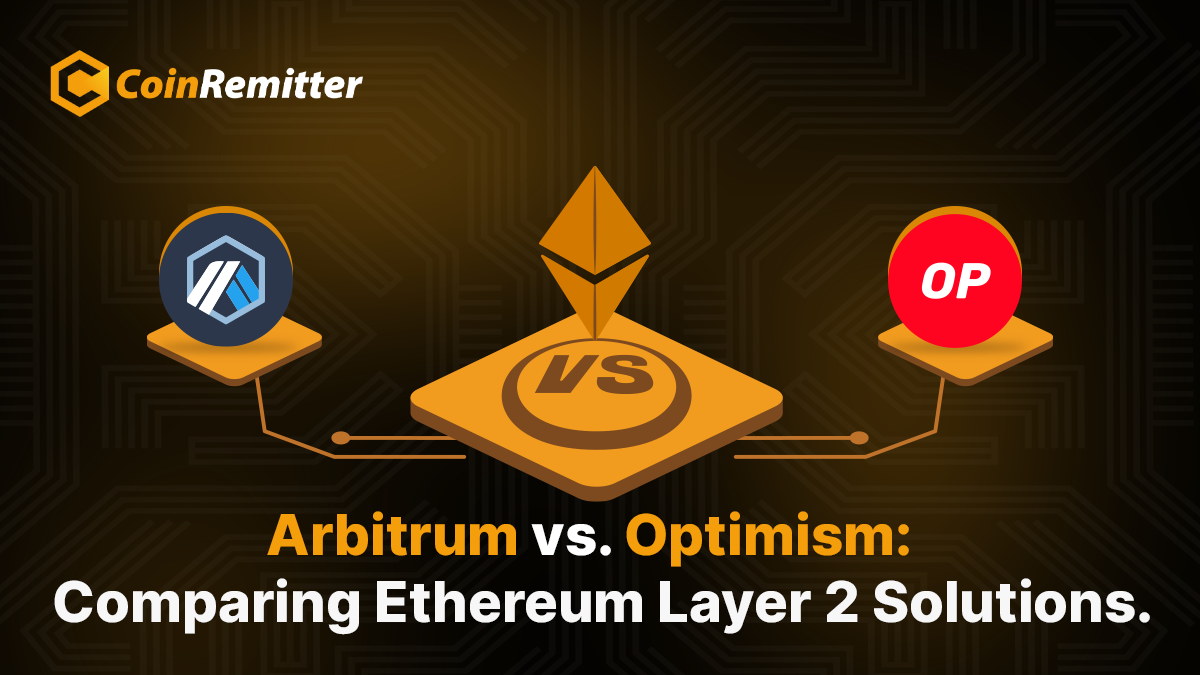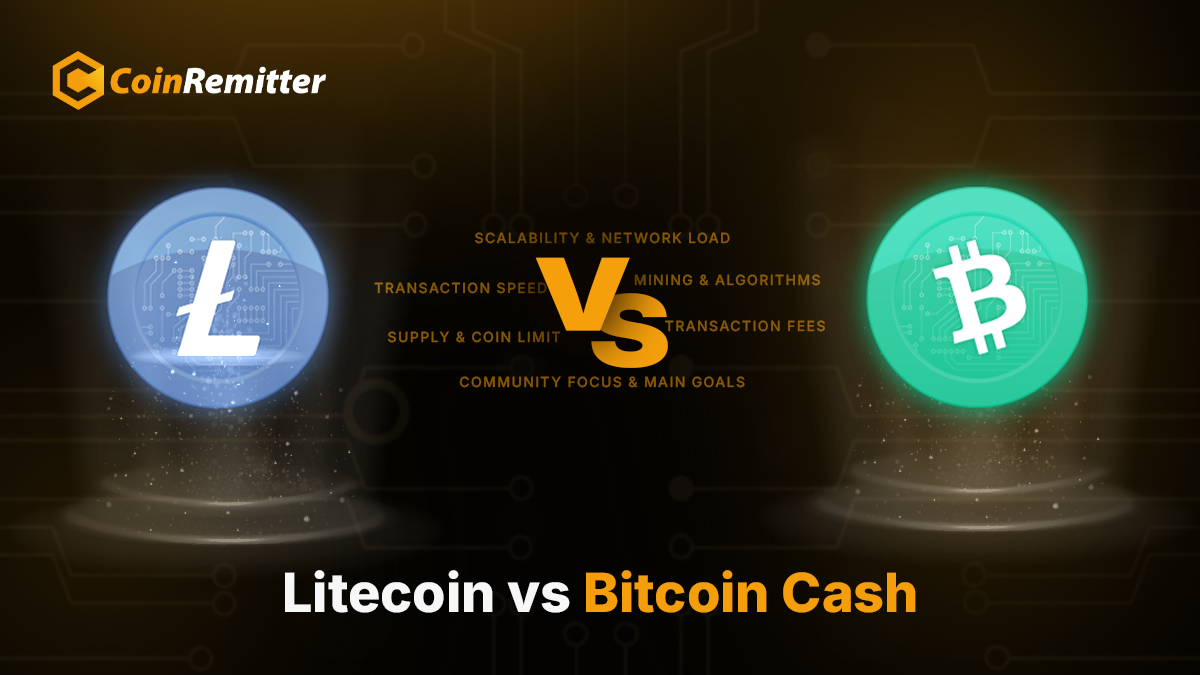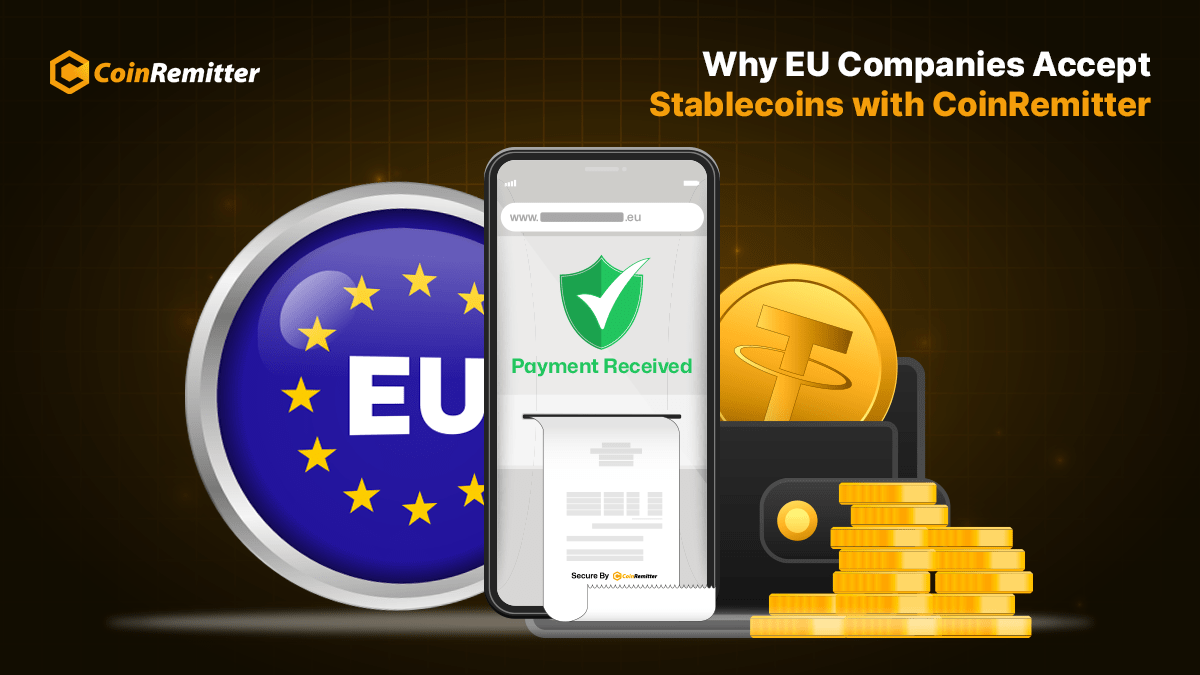Arbitrum or Optimism: Which Ethereum Layer 2 Solution Is Best for You?

Ethereum holds a very important position in the blockchain and decentralized applications space. However, due to its limited scalability, Ethereum’s biggest challenges include high fees and slow transactions. Arbitrum and Optimism are popular Ethereum scaling solutions for speeding up transactions and lowering costs. But figuring out which one is better for you can be confusing. This blog will compare Arbitrum and Optimism in detail so that you can decide which one is best for your requirements.
But let’s start by understanding Layer 2 solutions first.
Layer 2 Scaling Solutions
Layer-2 solutions are designed to help Ethereum handle more transactions by creating separate layers that do most of the work of the main Ethereum network. These layers operate independently but are connected to Ethereum to keep everything secure and decentralized.
How does it work?
Layer-2 solutions work by processing transactions off the main chain and only using the mainnet when needed. They use techniques like sidechains, rollups, and state channels to handle transactions more efficiently. These solutions periodically anchor their data to the Ethereum mainnet for security and validation.
Now, let’s start with Arbitrum.
Arbitrum
Created by Offchain Labs in 2021, Arbitrum is a layer-2 scaling solution designed to improve Ethereum’s scalability by processing transactions off-chain and finalizing them on Ethereum’s mainnet.
Arbitrum uses an optimistic rollup to scale Ethereum transactions. It speeds up processing at lower fees by bundling transactions before adding them to the Ethereum blockchain. It maintains compatibility with ETH smart contracts, making it easier for developers to migrate existing applications while benefiting from lower fees and faster transaction speed.
How does it work?
Arbitrum is based on a crypto design where parties can create smart contracts encoded as Virtual Machines (VMs) under the Arbitrum Virtual Machine (AVM) Architecture. Each VM has designated managers. Any honest manager can enforce the VM’s rules, ensuring it behaves correctly according to its code, thanks to Arbitrum’s protocol.
Parties involved in a VM can either manage it directly or choose trusted managers to do so on their behalf. This naturally limits the number of managers needed for most contracts. Arbitrum allows validators to only track the hash of a VM’s state, not the entire state itself. This approach reduces their computational load.
Managers use a bisection technique to resolve disagreements about a VM’s operation down to a single instruction. One manager provides proof, ensuring consensus without duplicating computations across validators.
Key Features
Reduced Gas Fees:
Arbitrum not only increases transaction speed but also offers reduced gas fees. Its efficient rollup technology cuts down a faction of fees that are offered on Ethereum, while still providing adequate incentives for validators.
Compatibility:
Arbitrum is highly compatible with Ethereum Virtual Machine (EVM). It supports bytecode-level compatibility, meaning developers can use familiar languages like Solidity and Vyper without learning new ones. This makes it easy for developers to start building on Arbitrum without additional language requirements.
Now, let’s look at another layer-2 scaling solution.
Optimism
Founded in 2019, Optimism is a Layer-2 scaling solution for Ethereum that enhances Ethereum’s scalability and transaction throughput.
It uses Optimistic Rollups, a technology that processes transactions off-chain and settles them on Ethereum’s mainnet. Optimism aims to reduce transaction costs and increase speed while maintaining compatibility with Ethereum’s ecosystem, including smart contracts written on Solidity.
It’s particularly beneficial for decentralized applications (dApps) that require high transaction throughput, such as decentralized finance (DeFi) protocols and gaming applications.
How does it work?
Optimism uses rollups to process batches of transactions, reducing gas fees and network congestion.
Similar to Arbitrum, Optimisim’s Rollups technology bundles multiple Ethereum Layer 1 transactions into a single transaction, sharing the gas fee among all users in the bundle. Transactions are executed on Optimism’s Layer 2, with data posted to Ethereum’s Layer 1 for validation.
Key Features
Optimistic Rollups:
Optimism processes transactions faster than the Ethereum main network by consolidating batches of transactions and forwarding them efficiently to the main chain. This speeds up transactions and improves user experience with shorter wait times.
Governance Tokens:
Optimism has its token, OP, used for governance and incentives. Token holders vote on proposals and influence protocol development and policies.
Now that we know what they are, let’s understand the difference between Arbitrum and Optimism.
Comparative Analysis
Architecture:
Optimism uses single-round fraud proofs. If someone submits invalid transactions, anyone can quickly challenge and prove it wrong on the main chain. This method is fast but can be more expensive due to higher gas fees for fraud proofs.
Arbitrum uses multi-round fraud proofs. Challenges involve multiple rounds where proofs and counter-proofs are exchanged until the dispute is settled. This approach is slower but tends to be more cost-effective in terms of gas fees.
Transactions Speed:
Optimism handles up to 2000 transactions per second (TPS), much faster than Ethereum’s 15 TPS. Arbitrum can handle up to 4500 TPS, more than double what Optimism offers.
Scalability Approach:
Arbitrum uses a technology called “Truebit” to verify off-chain computations before submitting them to the Ethereum mainnet, adding an extra layer of security but potentially slowing down transaction speeds slightly.
Optimism employs “optimistic execution,” which assumes all off-chain computations are correct unless proven otherwise, resulting in faster transaction speeds but introducing some risk of fraud.
Conclusion
Both Arbitrum and Optimism have their pros and cons, and the best choice depends on your specific needs. If you want the most scalable and secure solution, go with Arbitrum. If you prefer something easy to use with a more developed ecosystem, choose Optimism.
Over 38,000 merchants are using CoinRemitter
Join them now



